Christmas weekend normally means preparing a feast and having a number of relatives and family friends over to have a good time. This year, Christmas weekend meant saying goodbye to Nigeria for a few days to go on a tourist road trip, with 12 other people, to Togo and Benin Republic. After a few stops to stamp passports and change currency from Naira to CFA Franc, we finally arrived at the Hotel Riviera Ramatou, a beach resort in Lomé the capital of Togo.
Through the journey to Lomé, I saw the similarities between the architecture of Nigerian buildings and the architecture of Beninese and Togolese buildings, with the striking difference being the French billboards as opposed to the English billboards in Nigeria, but what appealed to me was the reverence the road networks from Akrake, Cotonou, and Ouidah in Benin to Aneho, and Lomé in Togo showed to the bordering ocean. Nigeria is a capitalist dystopia and due to the failings of its incompetent government does not have beaches that are NOT privately owned. Yes, the beaches in Lagos are owned by private individuals (as absurd as this sounds). Benin Republic and Togo do not treat their borders to the great Atlantic Ocean this way. Instead, behind every ocean-side building is a pathway to the non-privatized, accessible to all, government maintained beach. A breath of fresh air.
Fittingly, the first thing I did once we got to Lomé was to take a swim in the Atlantic ocean. I’ve been to the beaches at Lagos many times, despite their relative inaccessibility, but the experience with the vastness of the ocean at Lomé bordered spiritual. A flurry of different emotions ran through my mind as the waves crashed into my legs, nearly knocking me off balance every time, and I dipped my hands into the cool salt water as it retreated back to its domain. I took time to reflect on all the Atlantic had seen leading up till that moment. Despite my insignificance in the grand scheme of things, it felt as though the waves were speaking to me directly and sparring me on to accomplish my goals and actualize my dreams. It felt like a divine coronation, a baptism perhaps. A memory that will remain ingrained in my mind forever.
The next day was the tour of Lomé. We started with a visit to the National Museum then the Monument of Independence, which is a short walk away from the Museum – both buildings representing a shift from colonial leadership to African leadership within Togo.
After this, we went to the Palais de Lomé – a historical landmark built by Germans in the late 1890s and early 1900s, under the supervision of the governor at the time that has since housed French colonial governors, the first Togolese president, presidential guests of the Republic of Togo, and the Prime Minister of Togo. During the period of political unrest from 1990 to 1991, the Palais de Lomé was bombed and reduced to a shadow of its former glory until when renovations began in 2014 and were finally completed in 2019. Now, it is a home for displays about Togolese and West African history, culture, and religion, with various art pieces, photographs, and sculptures from Togolese, Beninese, Nigerian, and Ghanian artists on display, including the late visionary Kossi Aguessy. The Palais de Lomé is truly a sight to behold and its relevance in the modern day West African zeitgeist cannot be understated.

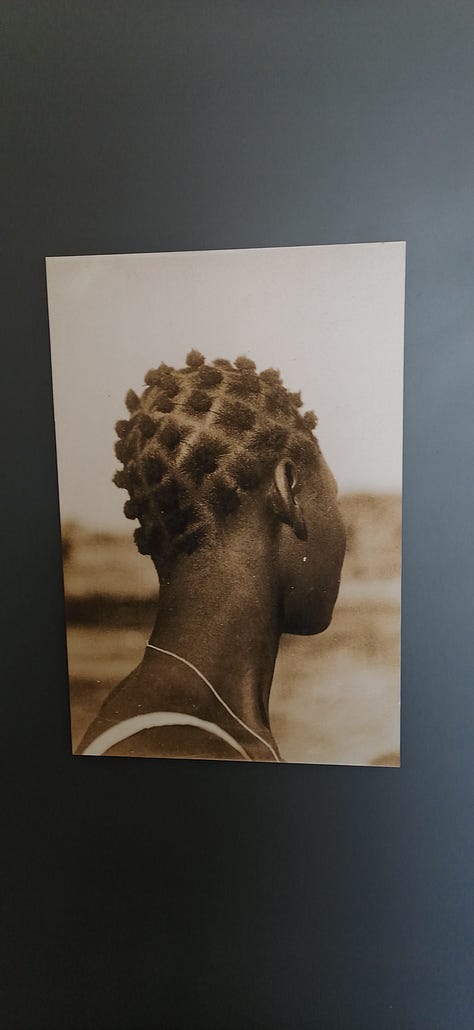

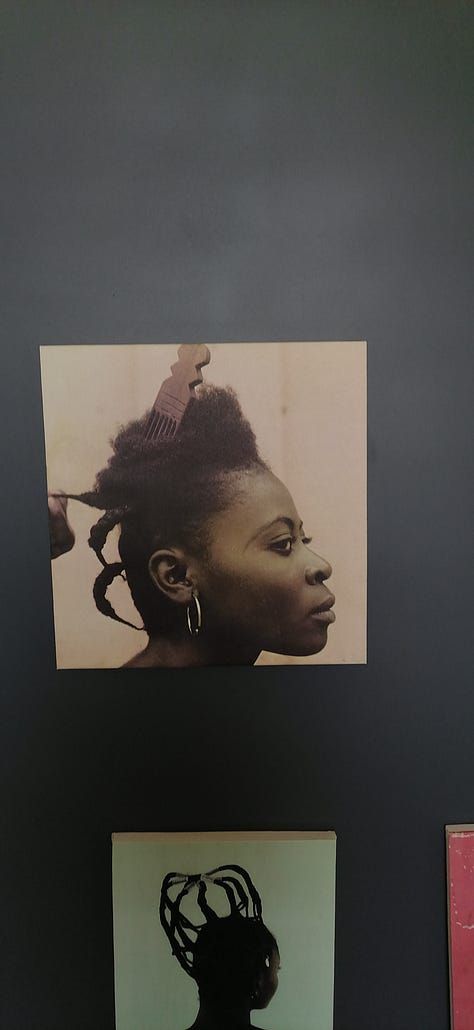

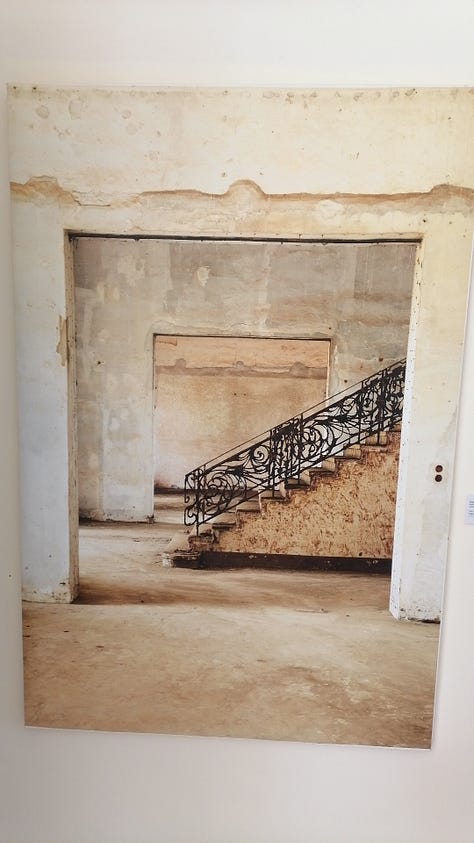

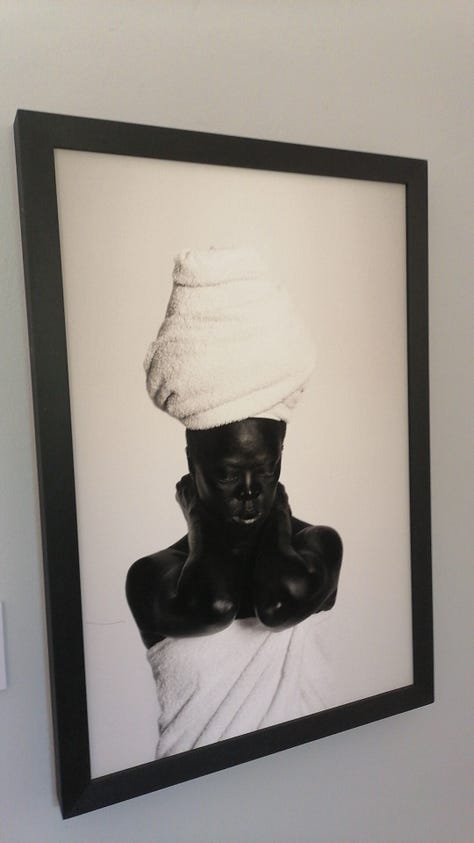
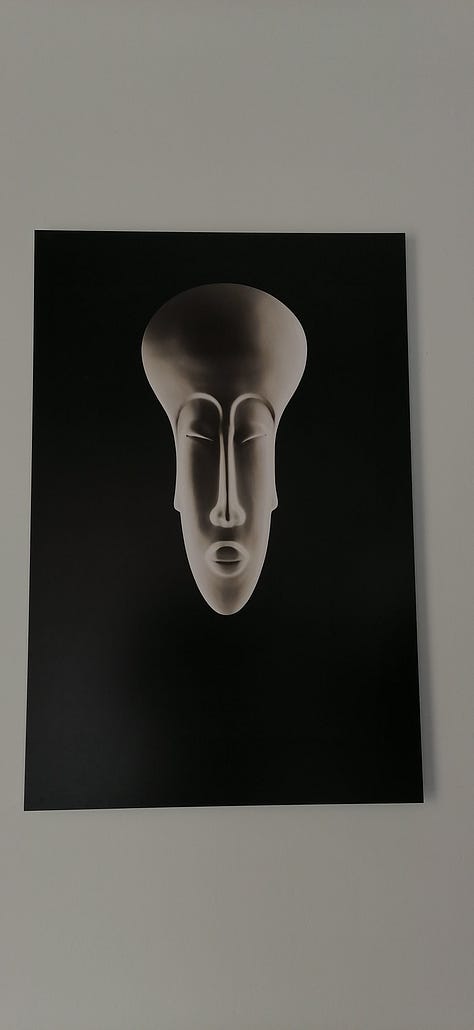
The visit to the Palais de Lomé was followed by Lunch at Miadjoe, a restaurant at Pont De Aneho, followed by a boat ride from Aneho to Lomé and back. After which, we went go-karting.
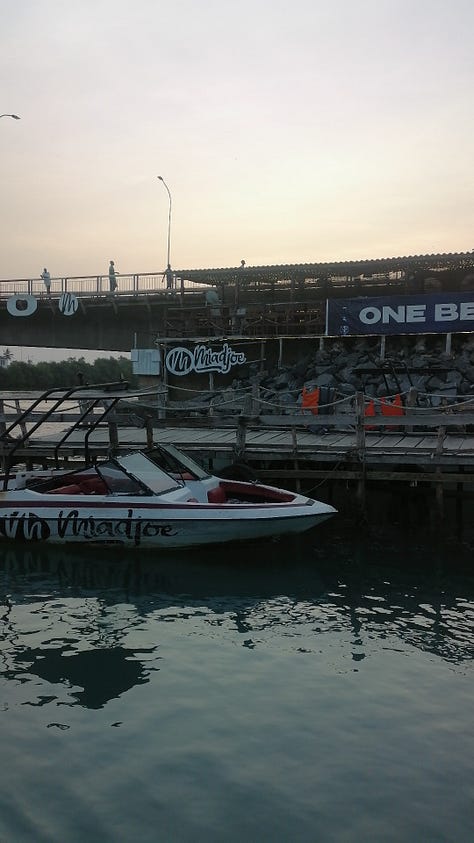

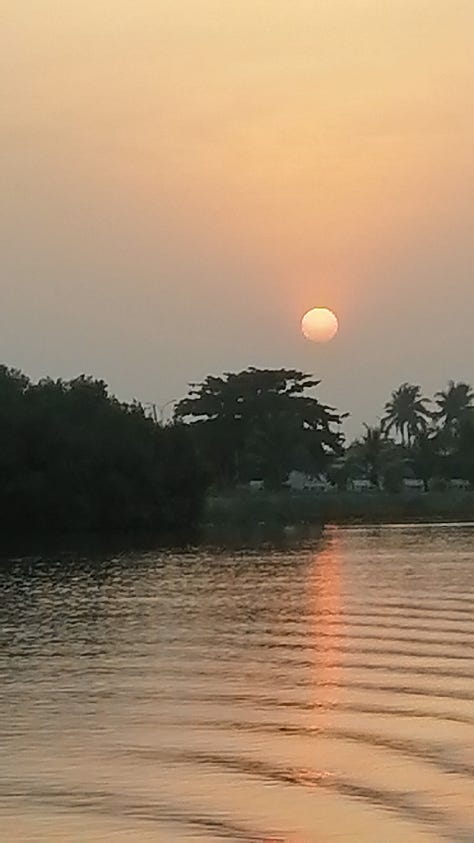
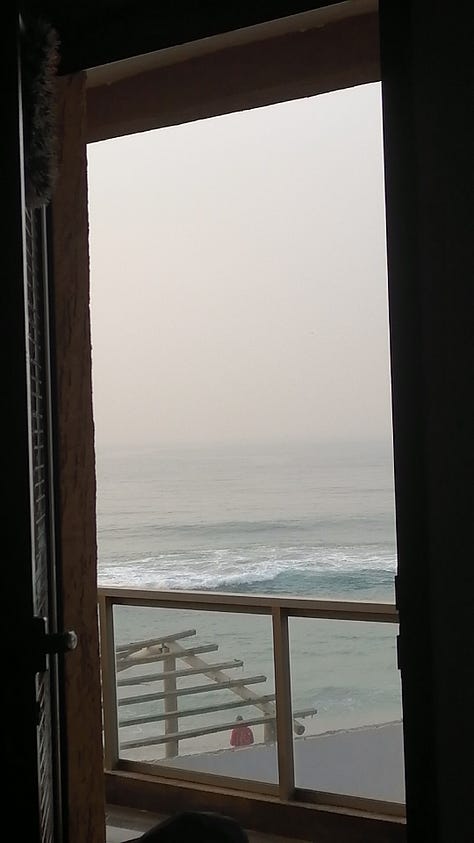

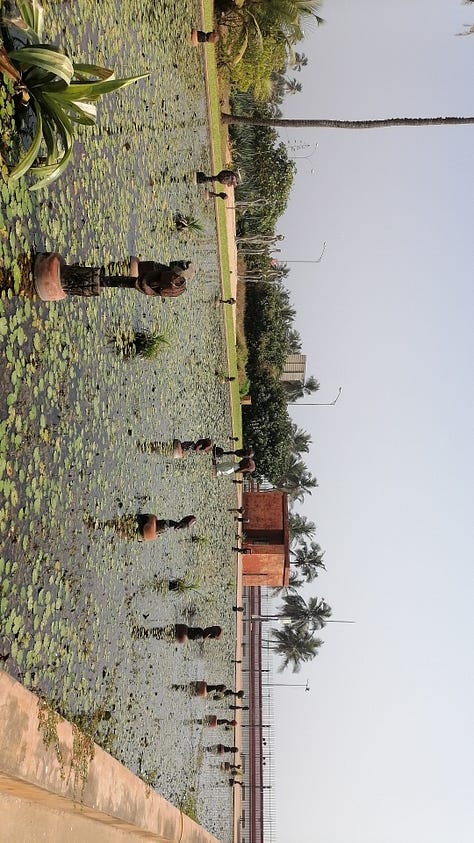


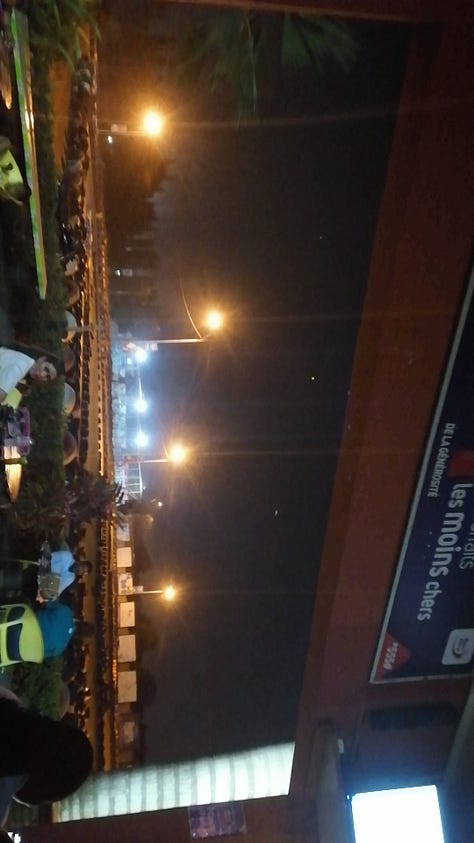
The next day, Christmas day, was for bonding and relaxation. We played some games and of course I had to go swimming again (the water is my calling), this time not in the Atlantic ocean.
The last day of the trip, boxing day, was spent touring through the city of Cotonou, Benin republic before heading back to Lagos. Our first destination was Marche des Arts de Cotonou, where we were greeted by Beninese art and fashion merchants selling wooden sculptures, paintings, jewelry, and clothing, depicting parts of Benin from Porto Novo to Ouidah, Beninese food, animals, religion, and cultural practices.
We then proceeded to the Amazone statue; an Agojie warrior wielding a machete and a rifle. The Agojie, or Dahomey Amazons as labeled by Europeans, were an army of women only warriors in West Africa that fought from the 17th century to the late 19th century against neighboring kingdoms, like the Egba and Oyo empires of Yorubaland, and the French colonizers. They were a part of the Kingdom of Dahomey that existed in parts of now Benin Republic, where women served in various positions of authority during the reign of Queen Hangbe. The Amazone statue, situated beside the Beninese congress building, is the second tallest statue in Africa standing at 30 meters tall and is made of bronze. The Agojie are the only documented female army in modern history.
After taking pictures with the statue, we drove by the second largest graffiti wall in the world with artwork depicting Beninese culture from its inception in the 1500s and the future promise Benin Republic and West Africa holds, then finally left Benin Republic for Nigeria.

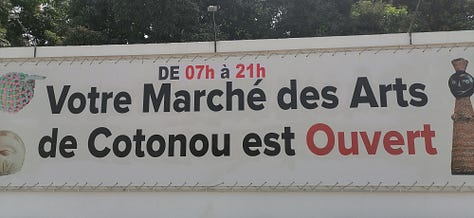

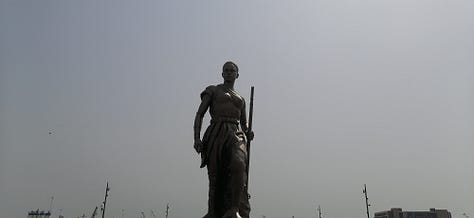

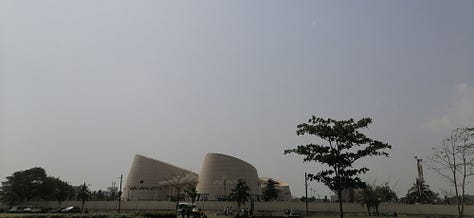
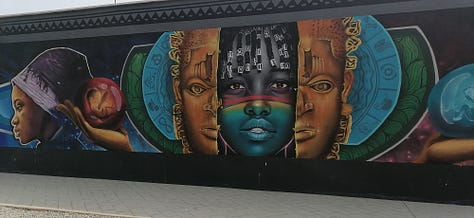
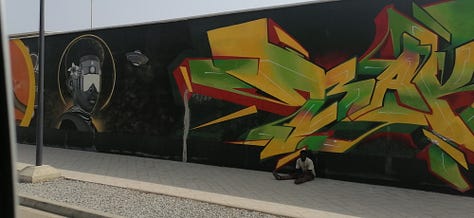
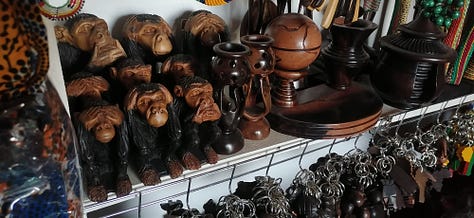
The vastness of the Atlantic ocean’s horizon held my curiosity during most of this trip. My mind wandered to the far reaches of what lies beyond the limits of my eyesight but was kept in check by the incessant crashing waves just outside my room window. I thought about the fear my ancestors were struck with when they were forced to climb huge vessels and taken to lands unheard of. I also thought about the ancestors that lived before the horrors of the transatlantic slave trade and felt the cool of the ocean just as I did. I thought about the Africans after the slave trade that stood where I stood and the Africans yet to be born that will stand there. Despite being 240 kilometers away from home and the differences in language, religious practices, food, and culture, I realized that shores of West Africa all tell me the same thing; the color of our skin, richness of our soil, and the genius of our minds are stolen gifts that must be taken back.
I also thought about the places in Benin republic and Togo we didn’t see; the parts not made for tourists, shielded away from showcase and the poverty ravaging those communities. I thought about what it would cost to liberate these people from poverty and wept internally, thus removing the lens of romanticism that is easy to put on when touring through another country. My hope is that one day this liberation the African populace yearns for will be a reality.



